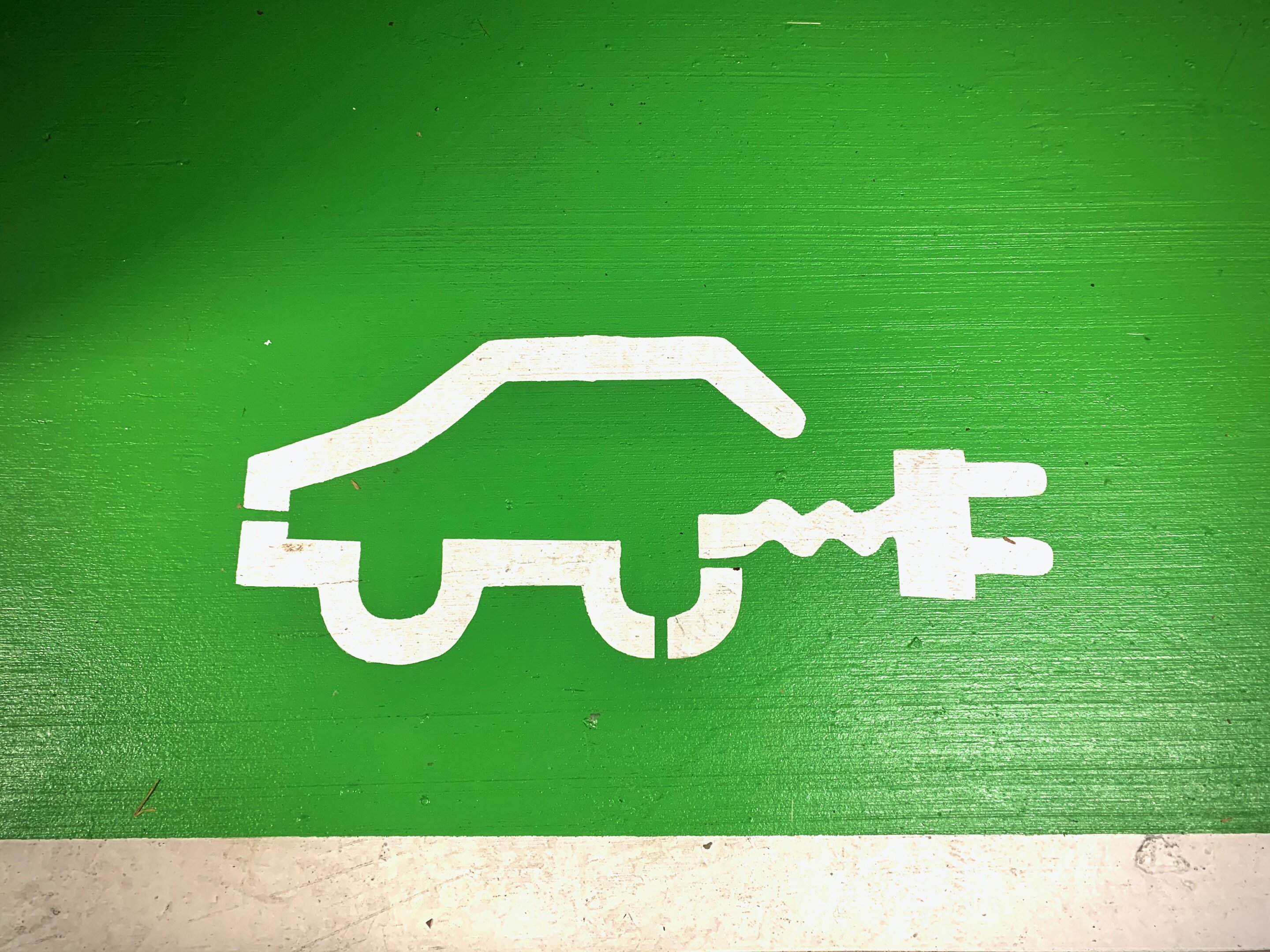- Abu Dhabi wave pool added as new venue on World Surf League 2025 tour
- Photos: 3 million lose power as Hurricane Milton makes landfall in Florida
- CNBC's Inside India newsletter: Is China's stock market rally behind Indian equity losses?
- The Fed is finally cutting rates, but banks aren't in the clear just yet
- Berkshire slashes Bank of America stake to under 10%, no longer required to disclose frequently
What do you believe is the single most important factor driving up the cost of living in Nigeria?

Charging, not range, is becoming a top concern for electric car drivers
The Biden administration is using tax credits, regulations and federal investments to shift drivers toward electric vehicles. But drivers will make the switch only if they are confident they can find reliable charging when and where they need it.
Over the past four years, the number of public charging ports across the U.S. has doubled. As of August 2024, the nation had 192,000 publicly available charging ports and was adding about 1,000 public chargers weekly. Infrastructure rarely expands at such a fast rate.
Agencies are allocating billions of dollars authorized through the 2021 Bipartisan Infrastructure Law for building charging infrastructure. This expansion is making long-distance EV travel more practical. It also makes EV ownership more feasible for people who can't charge at home, such as some apartment dwellers.
Charging technology is also improving. Speeds are now reaching up to 350 kilowatts—fast enough to charge a standard electric car in less than 10 minutes. The industry has also begun to shift to a standard called ISO 15118, which governs the interface between EVs and the power grid.
This standard enables a plug-and-charge system: Just plug in the charger and you're done, without contending with apps or multiple payment systems. Many existing chargers can be retrofitted to it, rather than needing to install totally new chargers.

- October 10, 2024
5 things to know before the stock market opens Thursday

- October 10, 2024
Electrified reactor cuts emissions by 60% in key industries

- October 9, 2024
Second phase of JICA, ECG electrical engineers training begins

- October 10, 2024
China's solar goes from supremacy to oversupply





- October 10, 2024
No need for fear and panic, we have enough LPG – NPA assures
Subscribe to our mailing list to get the new updates!

Subscribe our newsletter to stay updated
Thank you for subscribing!





